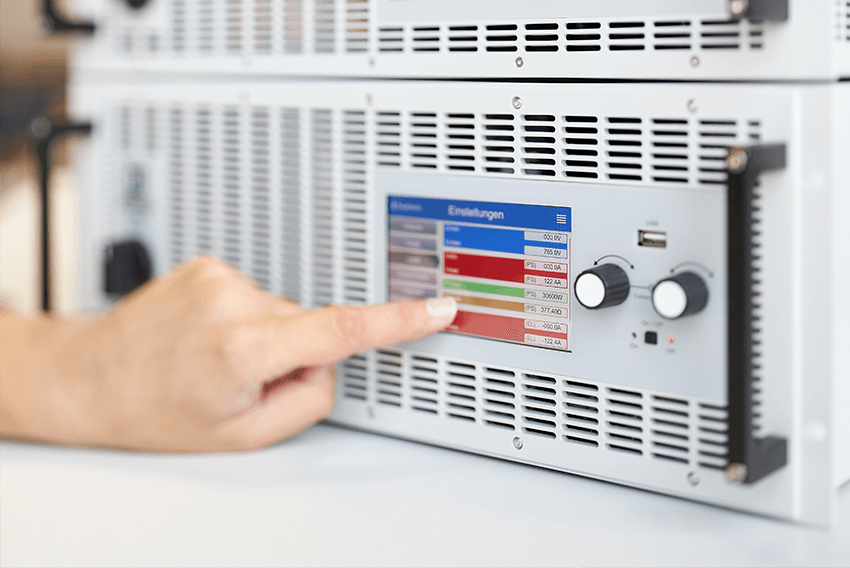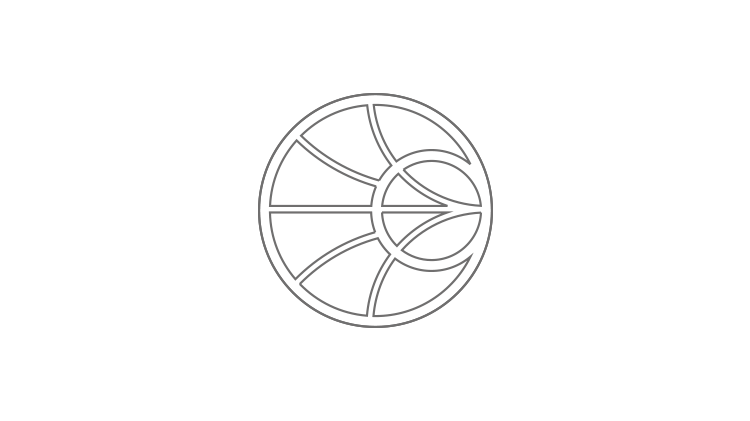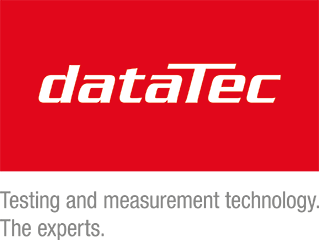#statusMessage#
Do you want to start the compare now?
#statusMessage#
Do you want to start the compare now?

Our electromagnetic environment is heavily burdened due to the multitude of transmitters and sources of interference pre...

Automated test and measurement systems that are fully connected with instrumentation and test data can significantly inc...

Temperature is one of the most common risk factors in industry. Overheating can disrupt processes, reduce quality or cau...

Electric vehicles are the future - but what happens to the batteries when they can no longer be used in cars? Efficient ...
Manufacturer number: J2111B
The high current insertion module J2111B is a very useful module in the range of Picotest insertion and measurement modules for impressing an additional current into a control loop in order to test it and to investigate or prevent possible oscillation behavior. Load changes of different intensities can be simulated with an externally connectable arbitrary/function generator for the control loop under test up to 40 MHz. The slopes of these load changes can also be achieved with a minimum of 20 ns and with up to 50 mA. The arbitrary generator can also be used to simulate user-specific load changes. This is ideal for replicating all types of loads/load changes and applying them to a possible control loop. This operating mode is also suitable for simulating rapid digital load changes, battery discharge profiles or spontaneously occurring current peaks.
When used with a network analyzer, this J2111B module can be used to determine output impedances of circuits and systems - including power supplies, voltage regulators, power distribution buses and batteries. The stability of a combination of filters with a switching power supply with negative internal resistance can also be measured without interfering with the circuit. Likewise, the phase reserve of a linear power supply or a switching power supply can be determined without opening the control loop.
This module can also be used to determine the current gain, the transit frequency and other dynamic performance parameters of semiconductors such as transistors can be very helpful. Furthermore, it can serve as a constant current source for high-frequency and instrument measurements or for buffers.
Measuring the output impedance:
The current insertion module has two outputs ; output and ground. The input is DC+AC and can be connected to either a signal generator or a network analyzer. The integrated bias current enables Class A mode of operation for connection to a network analyzer.
The output current is reduced by 40 dB compared to the input signal, resulting in 10 mA/V scaling. The current measurement function is designed as a 50 Ω output and can be connected to a network analyzer, oscilloscope or digital multimeter for current reading.
When this output is used with a voltage probe, the analyzer can read volts /Measure current, which represents impedance.

Network analysis is used, for example, in stability tests, to characterize components or to measure the frequency respon...


